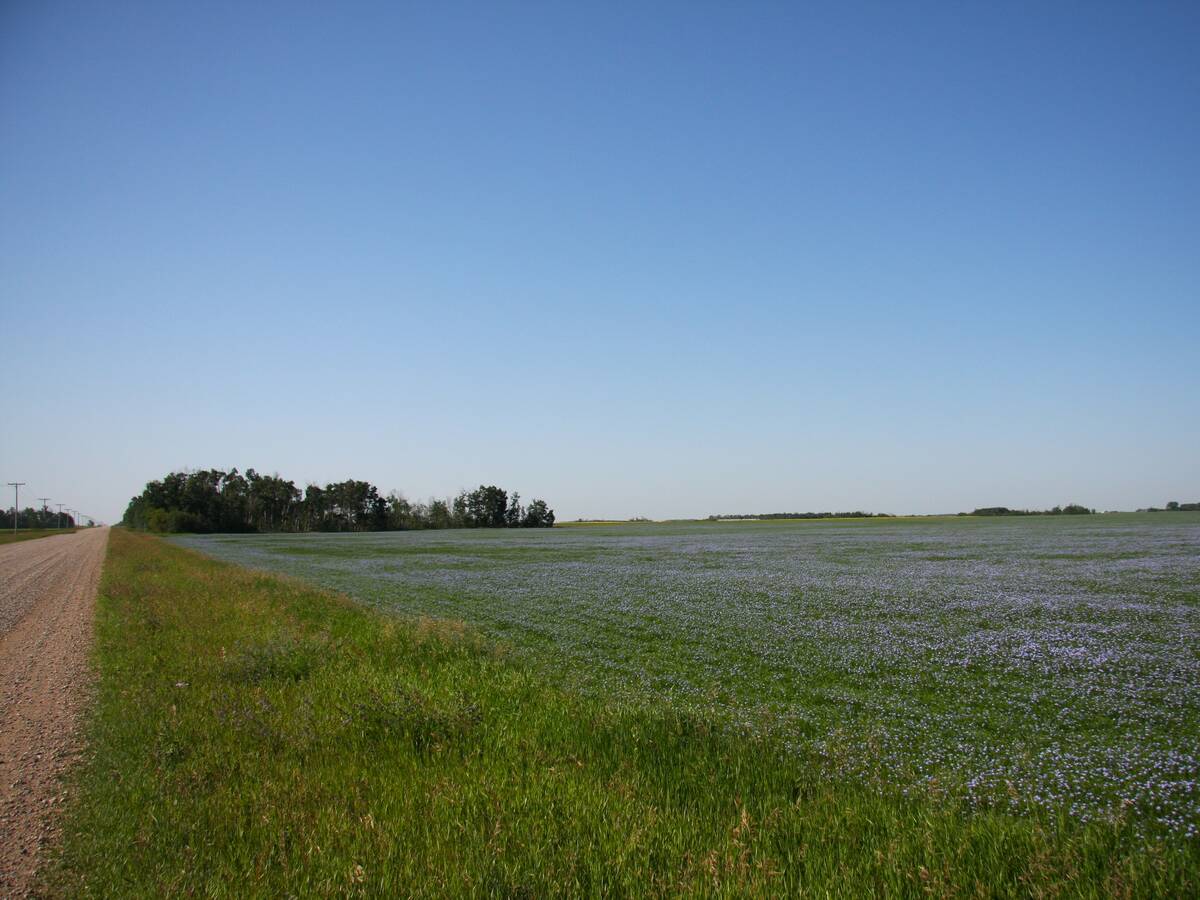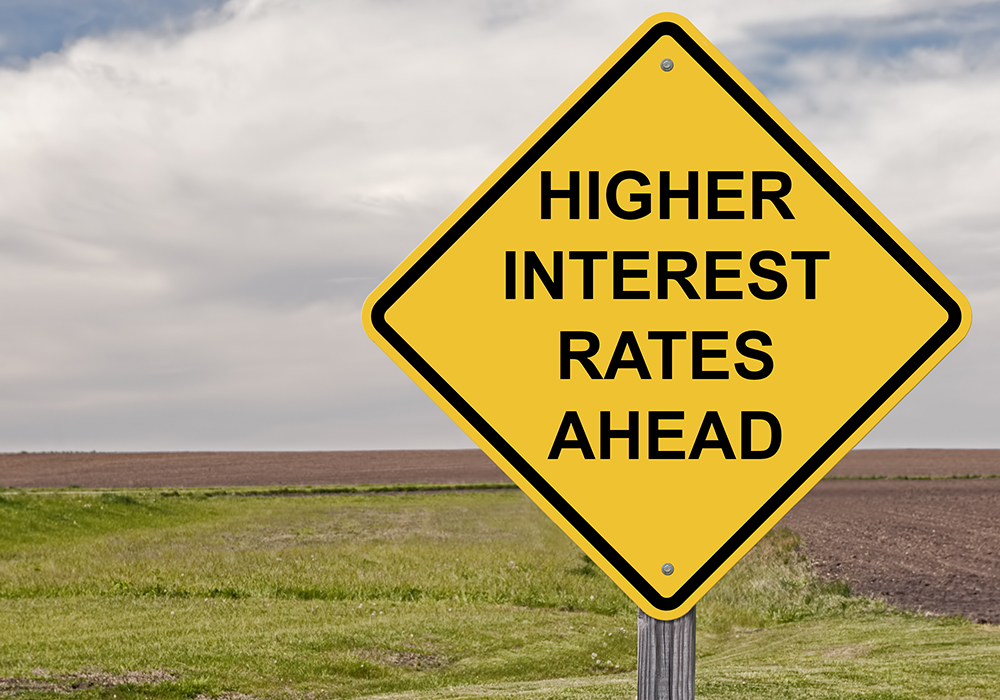Administrator says farmers can reduce borrowing costs significantly by securing a short-term loan through the program
Rising interest rates at Canada’s banks and credit unions are expected to generate more farm borrowing through the advance payments program (APP), a federal program that offers short-term loans at rates as low as zero percent.
Recent changes to the advance payments program mean that eligible farmers can now borrow up to $1 million, as long as certain conditions are met.
Under enhanced program rules announced in June, the first $250,000 of any APP loan can be borrowed interest free — an attractive option considering many commercial lenders are charging interest at prime plus one percent, or higher.
Read Also

Farmland advisory committee created in Saskatchewan
The Saskatchewan government has created the Farm Land Ownership Advisory Committee to address farmer concerns and gain feedback about the issues.
After recent rate hikes announced by the Bank of Canada, the country’s prime lending rate now sits at 5.45 percent.
That means that for many commercial loans offered to growers, the lowest rate available is prime plus one, or 6.45 percent.
By comparison, APP administrators, including the Canadian Canola Growers Association, are offering short-term loans of up to $1 million per applicant, with the first $250,000 offered interest free and the remaining amount offered at prime minus 0.75 percent
Dave Gallant, APP program administrator at the CCGA, said farmers can reduce borrowing costs significantly by securing a short-term loan through the APP.
“Our program is actually larger at this time of the year than we expected,” Gallant said.
“We have a lot more farmers taking (APP) advances and we have a lot more money going through the door to each farmer. In fact, our average advance (since the beginning of the 2022 program year on April 1) is 40 percent higher than normal….”
Gallant said strong farmer uptake in the APP program can be attributed to several factors, most notably cost savings.
He compared borrowing costs for a farmer who secures a $500,000 cash advance loan through the APP with borrowing costs for a farmer who borrows the same amount from a commercial lender at prime plus one percent.
Through APP, the farmer would borrow the first $250,000 at zero percent interest and the remaining $250,000 at 4.7 percent (commercial prime minus 0.75 percent).
Through a commercial lender, the same farmer might borrow the entire $500,000 amount at 6.45 percent (commercial prime plus one percent), if not more.
Over the course of a year, annualized interest savings for the APP borrower would amount to more than $20,000.
“They’re going to save — relative to borrowing from a bank at say prime plus one — over $20,000 in interest costs for the year,” Gallant said.
“If they take out $1 million advance, those (annualized) savings jump to $30,000 ….”
In a low interest rate environment, cost savings associated with borrowing through the APP may not have been material enough to convince some farmers to shop around for a better deal.
But when annualized savings reach $20,000 or $30,000, that’s significant enough to get the attention of most growers, Gallant said.
In addition to lower borrowing costs, APP terms and eligibility requirements are more favourable now than before.
Ottawa announced in June that the interest free portion of APP loans would be temporarily increased to $250,000 from $100,000.
The $250,000 interest-free terms will remain in place for the 2022 and 2023 program years but in 2024, the interest-free portion will be reduced to $100,000.
As well, growers who use stored grains and oilseeds as loan collateral are eligible for larger loans based on higher commodity prices.
For example, loan eligibility rates are 30 percent higher this year for canola, 23 percent higher for wheat and 40 percent higher for durum.
That means farmers can borrow more money this year than last, even if they have the same amount of harvested grain in storage.
Gallant said farmer uptake in APP loan programs will only grow as commercial lending rates continue to climb.
Most economists and financial pundits are anticipating two more Bank of Canada rate increases before the end of the calendar year.
If that happens, the country’s prime lending rate is likely to increase by another 0.5 to one percent, if not more.
“Because the cost of borrowing money has gone up so significantly, the dollar value that farmers can save (by borrowing through the APP) has also grown significantly,” Gallant said.
“I think that’s going to cause a lot of farmers to take a second look at the advantages that the (APP) program offers them, especially on the interest rate savings side….”
Gallant said the CCGA, Canada’s largest APP administrator, anticipates a record-setting lending portfolio this year.
Less than six months into the 2022 program year, the value of APP loans offered through the CCGA’s cash advance program has already exceeded $1.6 billion, ranking it the second largest ever.
Over the previous two program years, the CCGA portfolio over the full 12-month lending period was between $1.6 billion and $2 billion.
“I am expecting record lendings (this year),” Gallant said.
“We are already at our second highest level today, in terms of the value of loans we’ve delivered through the program… and that’s before the fall lending program has really even started…. We’re expecting that we will set a new record this year for dollars loaned to farmers….”
Farmers can apply for a 2022 APP loan until March 31, 2023.
















